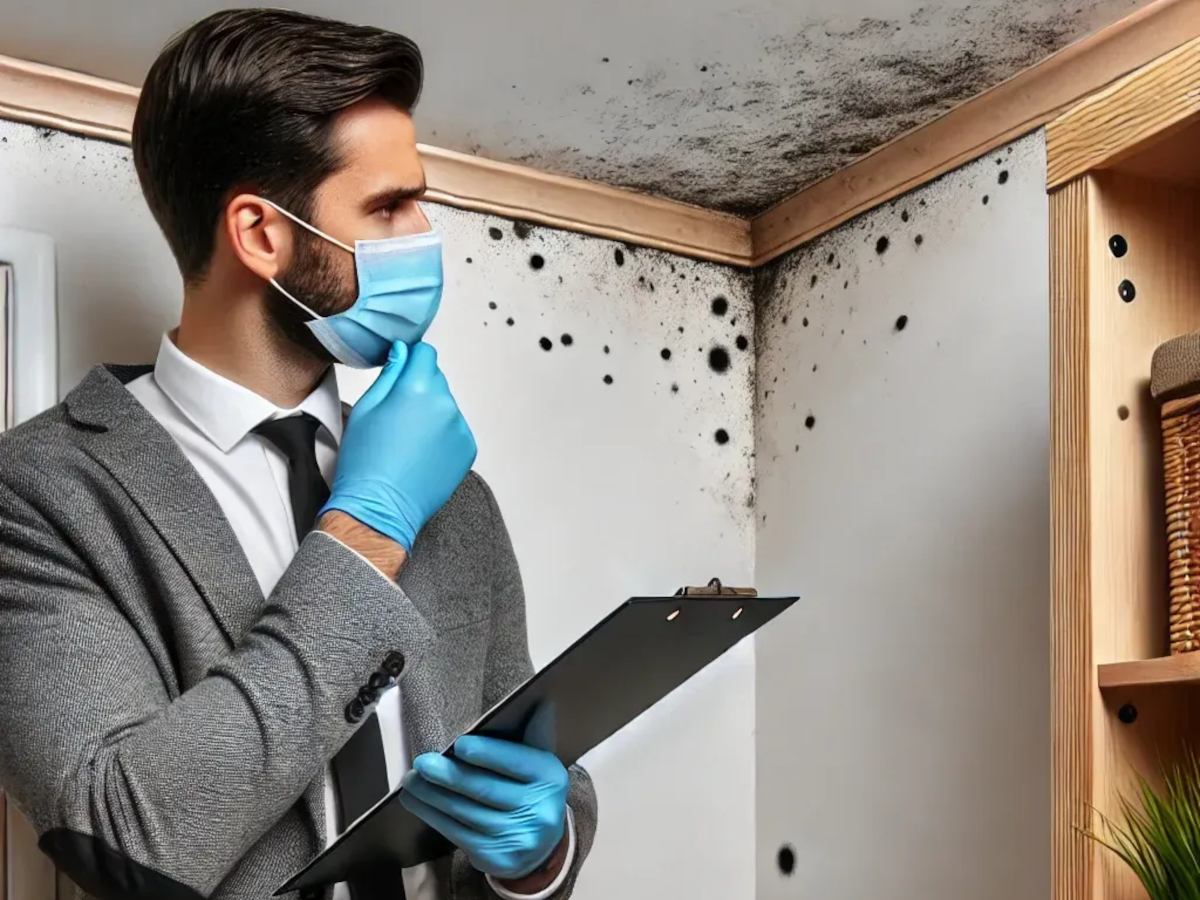
Guidance on Mould in Residential Properties
Introduction
Property managers must protect their tenants' health and safety. Mould is one of the most common and alarming problems in residential buildings. If ignored, this undesirable intruder could seriously harm the building's structure in addition to endangering the health of its people.
What Is It Mould
It is a fungus that grows in moist, warm, and humid conditions. It spreads by releasing microscopic spores.
Health Issues
Many health problems can arise from mould exposure, particularly in those who have allergies, asthma, or weakened immune systems. Symptoms such as eye irritation, coughing, wheezing, congestion in the nose, and throat irritation can appear. In a prolonged mould exposure can cause more serious health lung issues.
Typical Reasons for Mould Formation
-
Humidity and Condensation: Mould can thrive in environments with high indoor humidity levels, frequently above 60%. Another factor that can lead to moisture accumulation is condensation on walls, pipes, and windows.
-
Water Leaks: Leaks in basements, plumbing systems or roofs can bring moisture into the building and create the perfect environment for mould to grow.
-
Bad Ventilation: Due to poor airflow, mould can grow in rooms where dampness occurs, like bathrooms, kitchens, and laundry rooms or utility rooms.
Prevention
-
Control Humidity: Use air conditioners and dehumidifiers, so the interior humidity levels are between 30-50%. Also use exhaust fans in their kitchens and bathrooms.
-
Repair Leaks ASAP: Check the property frequently for leaks, and if you find any, fix them straight away. Make sure that gutters, plumbing systems, and roofs are properly maintained.
-
Assure Appropriate Ventilation: In regions with high humidity levels, ventilation systems should be considered. Inspect and clean air-ducts and vents regularly.
-
Periodic Inspections: Regularly inspect the property in spaces like behind furniture closed or close to the walls, enclosed spaces, closets, attics, and cellars.
Restraining Mould
-
Determine the Source: Find the damp spot and make an immediate action to resolve the source, not just by cleaning it.
-
Secure the Affected Area: To block off the affected area, use tape and plastic sheets and seal it off.
-
Recommended Cleaning: Commercial mould removers or a solution of water and detergent can be used to clean up minor mould outbreaks. Professional mould remediation services could be required for more extensive infestations.
-
Removal of Contaminated Materials: If mould contamination is severe, it can be necessary to replace or remove porous materials including carpeting, insulation, and plasterboard.
-
Safety Equipment: To prevent exposure, always wear protective gear when working with mould, such as gloves, masks, and goggles.
Interactions with Tenants
Teach your tenants the importance of keeping mould at bay. Give instructions on how to ventilate appropriately, report leaks promptly, and keep humidity levels low. Encourage tenants to get in touch with you straight away if they see any indications of water damage or mould.
Conclusion
Proactive management of mould in residential homes is absolutely crucial. Property managers may contribute in of their tenants wellbeing and protect their buildings by putting preventive measures in place, and acting quickly when mould outbreaks occur. The best ways to prevent mould and maintain a safe, healthy living environment are through frequent inspections, tenant education, and prompt action.
Video
Watch the content of this Blog Post on YouTube or click the play button below.

Develop-Team GmbH & Co KG